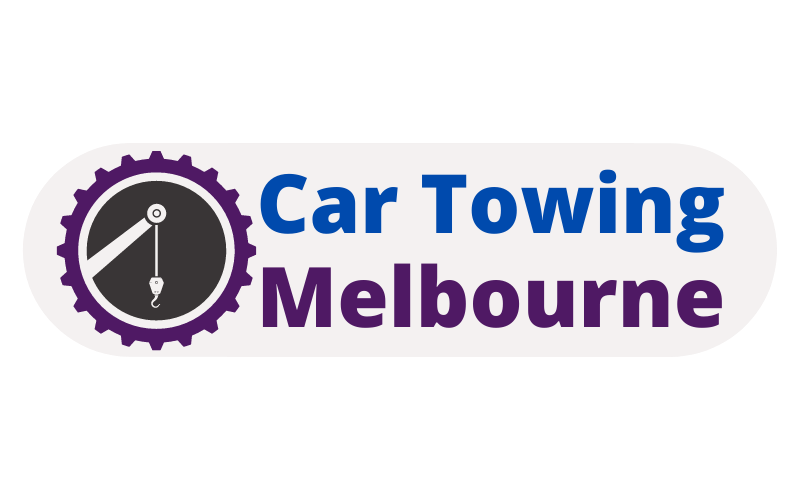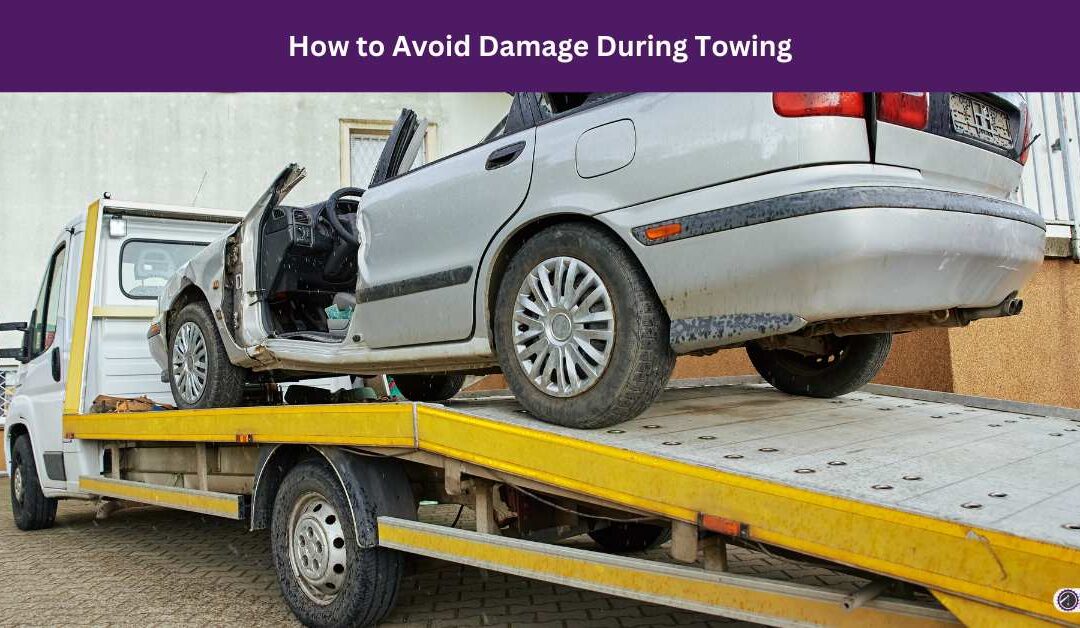Towing can be a lifesaver in times of vehicle trouble, but if not done properly, it can cause significant damage to both the towed and towing vehicle. Here’s a guide on how to avoid damage and ensure a safe, damage-free towing experience.
1. Choose the Right Towing Method
Different towing methods work best for specific vehicles and situations. The wrong method can damage your vehicle’s transmission, suspension, and more. Here’s an overview of the most common towing methods:
- Flatbed Towing: This method lifts the entire vehicle onto a flat platform. It’s ideal for long-distance towing and is recommended for all-wheel-drive and luxury cars to prevent tire wear and transmission damage.
- Wheel-Lift Towing: This method lifts only the front or rear wheels off the ground. It’s best suited for short distances and front-wheel-drive vehicles. For all-wheel or four-wheel-drive vehicles, wheel-lift towing can cause transmission damage if the driveline isn’t disengaged.
- Dolly Towing: This involves placing the vehicle’s front wheels on a dolly while the back wheels remain on the ground. This method is commonly used for front-wheel-drive vehicles but should be avoided for all-wheel-drive cars unless all wheels can be lifted.
2. Check Your Vehicle’s Owner Manual
Every vehicle has specific towing recommendations outlined by the manufacturer. Check the owner’s manual to find essential towing information, including:
- Recommended towing method
- Maximum towing capacity
- Information on towing without damaging the transmission
- Following these guidelines helps prevent unnecessary strain or damage during towing.
3. Use the Right Towing Equipment
Using proper towing equipment is crucial to prevent damage. Essential towing gear includes:
- Tow Straps and Chains: Use heavy-duty, rated straps or chains to secure the vehicle. Avoid using worn or weak straps that may snap under pressure.
- Tow Hitch: Ensure that your vehicle has an appropriate tow hitch with the correct capacity for the load.
- Tow Hooks: If available, use designated tow hooks or attachment points to secure the straps, as this minimizes the risk of frame or bumper damage.
4. Secure the Vehicle Properly
Improperly securing the vehicle can cause it to shift or detach during towing. Follow these steps to secure the vehicle:
- Attach Straps or Chains Correctly: Hook straps or chains to secure points, such as the vehicle’s tow hooks, or use axle straps. Avoid attaching them to parts like the suspension or bumper, which can break under pressure.
- Double-Check Straps for Tightness: Ensure all straps are tightened, but avoid overtightening as it could damage the vehicle. Check for any loose connections before starting the tow.
5. Monitor Tire Pressure and Alignment
Tires take a lot of stress during towing, especially for towed vehicles with their tires still on the ground. Here’s how to protect them:
- Check Tire Pressure: Ensure all tires are inflated to the recommended PSI to avoid uneven wear and reduce the chance of a blowout.
- Verify Wheel Alignment: Poor alignment can increase friction on the tires, leading to uneven wear or potential tire damage. If towing a vehicle long-distance, have the alignment checked beforehand.
6. Use Towing Mirrors
When towing a vehicle, your visibility can be reduced due to the extra length. Using towing mirrors gives you a better view of the road and the towed vehicle, helping you:
- Monitor the Towed Vehicle: Regularly check to ensure the vehicle remains aligned and secure.
- See Blind Spots: Towing mirrors help you spot vehicles in blind spots and make safer lane changes.
7. Avoid Overloading the Towing Vehicle
Exceeding the towing vehicle’s capacity can strain its engine, brakes, and transmission, potentially leading to overheating or mechanical issues. To avoid overloading:
- Know the Maximum Towing Capacity: Consult the owner’s manual to confirm your towing vehicle’s weight limit.
- Consider Cargo Weight: Include the weight of passengers and additional cargo inside the towing vehicle, as they add to the total load.
8. Drive Cautiously
Driving carefully is one of the most effective ways to prevent damage. When towing, you’ll need to adjust your driving style, including:
- Reducing Speed: Towing adds extra weight, which makes stopping more challenging. Maintain a moderate speed, especially in high-traffic or wet road conditions.
- Avoiding Sharp Turns: Sharp turns or sudden steering can cause the towed vehicle to sway or detach. Gradually maneuver around curves and avoid abrupt lane changes.
- Using Gentle Acceleration and Braking: Abrupt acceleration or braking can put a strain on both vehicles. Slowly build up speed, and apply the brakes gradually to reduce wear on the braking system.
9. Engage Towing Mode if Available
Many modern vehicles have a “tow mode” or “haul mode” feature that optimizes performance during towing by adjusting transmission shifting patterns and increasing engine torque. Using tow mode helps:
- Reduce Gear Shifting: This mode prevents the transmission from constantly shifting gears, which is essential when towing up hills or over long distances.
- Optimize Braking Power: Tow mode enhances braking response, reducing the risk of overheating or braking system wear.
10. Inspect Both Vehicles After Towing
After towing, it’s important to check both the towing and towed vehicles to ensure no damage occurred during transit. Inspections should include:
- Checking for Loose Connections: Inspect straps, hooks, or chains to confirm nothing came loose.
- Inspecting Tires and Suspension: Look for signs of wear on the tires or suspension components, especially if towing over long distances.
- Assessing Transmission and Engine Condition: After long tows, make sure the transmission and engine are operating normally without any overheating or performance issues.
11. Regularly Maintain Towing Equipment
Routine maintenance keeps towing equipment reliable, ensuring it can perform properly when you need it most. Maintain:
- Tow Straps and Chains: Replace any straps that show signs of fraying or wear.
- Towing Hitch and Receiver: Regularly inspect and lubricate the hitch to prevent rust or mechanical issues.
- Tow Vehicle’s Brakes and Suspension: Heavy towing places stress on your vehicle’s brakes and suspension, so make sure these components are regularly checked and maintained.
12. Be Aware of Legal Towing Limits
Legal restrictions apply to towing, especially for larger loads. These can include maximum speed limits for towing, requirements for trailer brakes, and the need for extra lighting or reflectors on the towed vehicle. Following these regulations not only keeps you safe but also prevents fines and penalties.
Final Thoughts
Towing can be done safely and without damage if the right methods, equipment, and precautions are used. Always use the appropriate towing technique, stay within weight limits, and drive cautiously to protect both the towing and towed vehicles. With a little preparation and attention, you can avoid unnecessary repairs and ensure a safe towing experience.
Now Car Towing Melbourne is available in Cranbourne Victoria 3977, Australia.
Car Towing Melbourne
(03) 7037 7625

